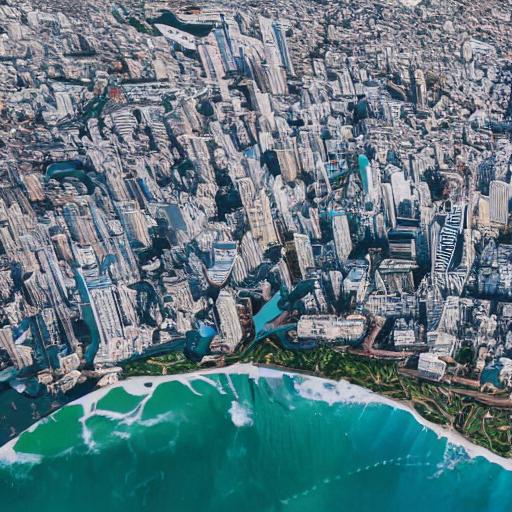With the release of an API in public beta, OpenAI is expanding the market reach of its picture generating program DALL-E for enterprises. Companies will find it simpler to incorporate DALL-text-to-image E’s functionality into their products thanks to the API, which also provides developers with more straightforward tools to integrate and modify the program as they see fit.
With the release of an API in public beta, OpenAI is expanding the market reach of its picture generating programme DALL-E for enterprises. Companies will find it simpler to incorporate DALL-text-to-image E’s functionality into their products thanks to the API, which also provides developers with more straightforward tools to integrate and modify the programme as they see fit.
Microsoft’s Designer application, which uses the software to create images for Office users, including PowerPoint slides and illustrations for homework, is one of the API’s earliest use cases. Microsoft revealed the app last month and is one of OpenAI’s primary investors.
According to Luke Miller, a product manager at OpenAI who is working on the API, the business is eager to see what new uses developers will find for DALL-E.
Several of our customers have already built on this in extremely creative ways, according to Miller. Some are artistic endeavours, while others are more commercial in nature. Miller cited the examples of two startups: Mixtiles, which uses the API to create posters and artwork for home décor, and CALA, which uses it to assist clients in creating their own clothes. The innovative ideas that people come up with are always motivating, he said.
OpenAI faces competition from competitors who provide easier access to their tools.
Text-to-image AI interest and acceptance have skyrocketed in the previous year, and OpenAI, once the domain’s undisputed leader, has been challenged by newcomers such as Midjourney and Stability AI.
Users are now subject to less constraints from these organisations, giving them freedom to improve their AI systems with little supervision. Other participants in this market, like as Google and Meta, have adopted a far more conservative strategy, producing systems with comparable capabilities while limiting the public’s use to a relatively small number of scenarios.
There are other risks associated with text-to-image AI in addition to the obvious creative advantages. Although OpenAI makes such applications of their software difficult by keyword filtering, the software can be used to generate false information and harmful visuals, such as nonconsensual nudity, and there are severe ethical problems around data use.
Text-to-image AI systems like DALL-E are trained on web-scraped photos, many of which contain the copyrighted creations of designers, photographers, and artists. Many artists are upset that the technology developed as a result can not only be used to mimic their unique style but also that they have not received payment for the exploitation of their work to generate revenue for huge corporations like OpenAI.
Some businesses creating text-to-image software are starting to provide remuneration. For instance, Shutterstock recently announced that it is establishing a Contributors Fund to compensate people whose work is used to train AI. Shutterstock leased its contributor data to OpenAI to construct DALL-E and is using its API to make unique stock photos.
When asked if OpenAI intended to implement any such programs to pay artists, Miller replied that the company had nothing specific in the works. Miller replied, he don’t have anything specific to give on this at this time. Clearly, it’s a topic on which they are still looking for community comment. There are many various ways to approach this incredibly difficult subject. We want to find out what the people appreciate from them.
Since OpenAI has never disclosed the training data was utilised to develop DALL-E, it is considerably more challenging to provide a response (beyond the licencing of imagery from Shutterstock). Legal experts predict that in the US, the fair use doctrine would likely apply to training AI models by scraping public photos, including ones that are protected by copyright. But as many artists have recognised, having sufficient legal protection does not equate to having ethical approval.
According to OpenAI, access to the DALL-E API will initially be rate-limited while the business sets up its systems. Customers’ use of the technology will not be subject to customer verification. (Once more, DALL-filters E’s do prevent the generation of some photos that contain naughtiness, gore, and politically sensitive material.) Customers can select between three resolution tiers and will be charged per image generated. The price per image for 256 x 256 pixels, 512 x 512 pixels, and 1024 x 1024 pixels is $0.016; $0.018; and $0.2 respectively.




